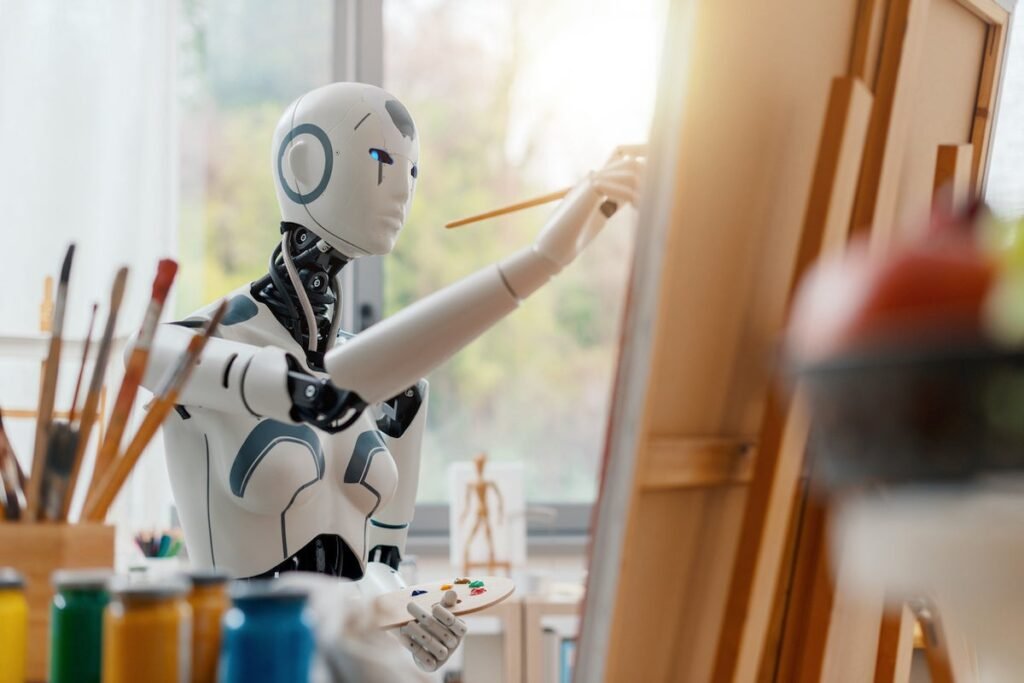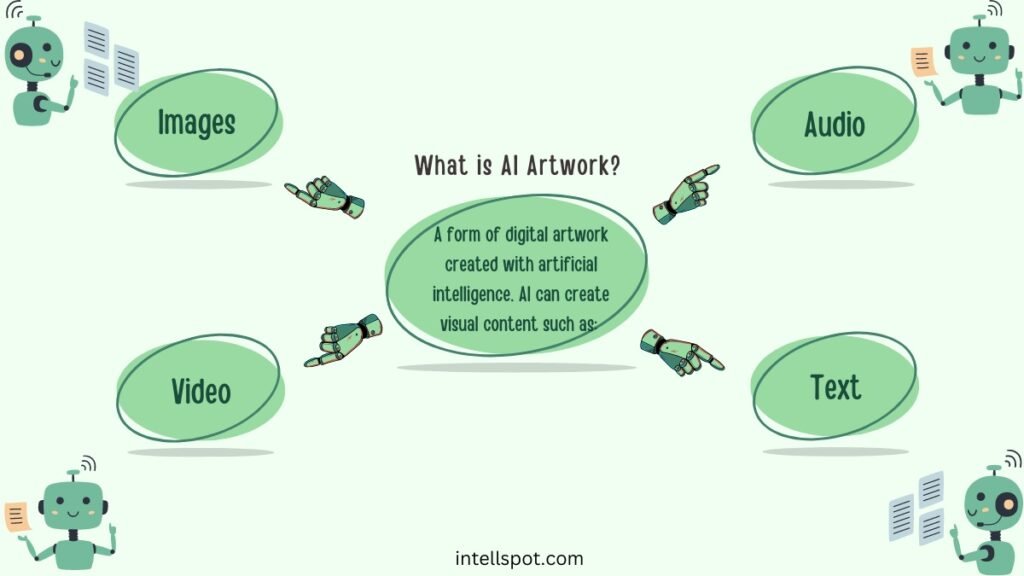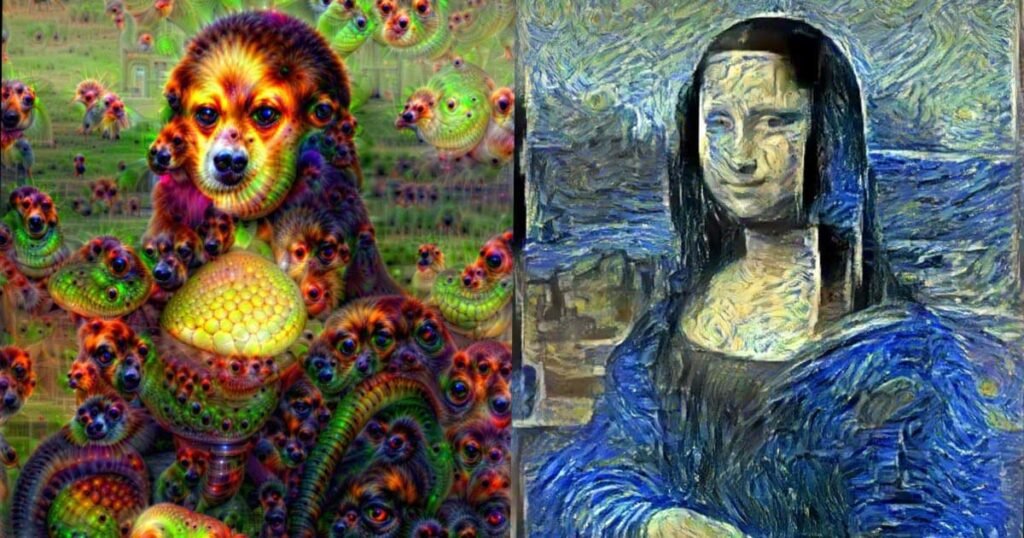In the fast-paced technological landscape, the harmonious convergence of Artificial Intelligence (AI) and Art is a captivating phenomenon that warrants our attention. “Exploring the Intersection of AI and Art” delves into what is ai art – this intriguing fusion, shedding light on the groundbreaking developments, creative potentials, and thought-provoking questions that arise from the marriage of AI and artistic expression. By immersing yourself in this compelling exploration, you will gain a deeper understanding of the transformative power that AI holds within the realm of art, and the unprecedented possibilities it brings forth.
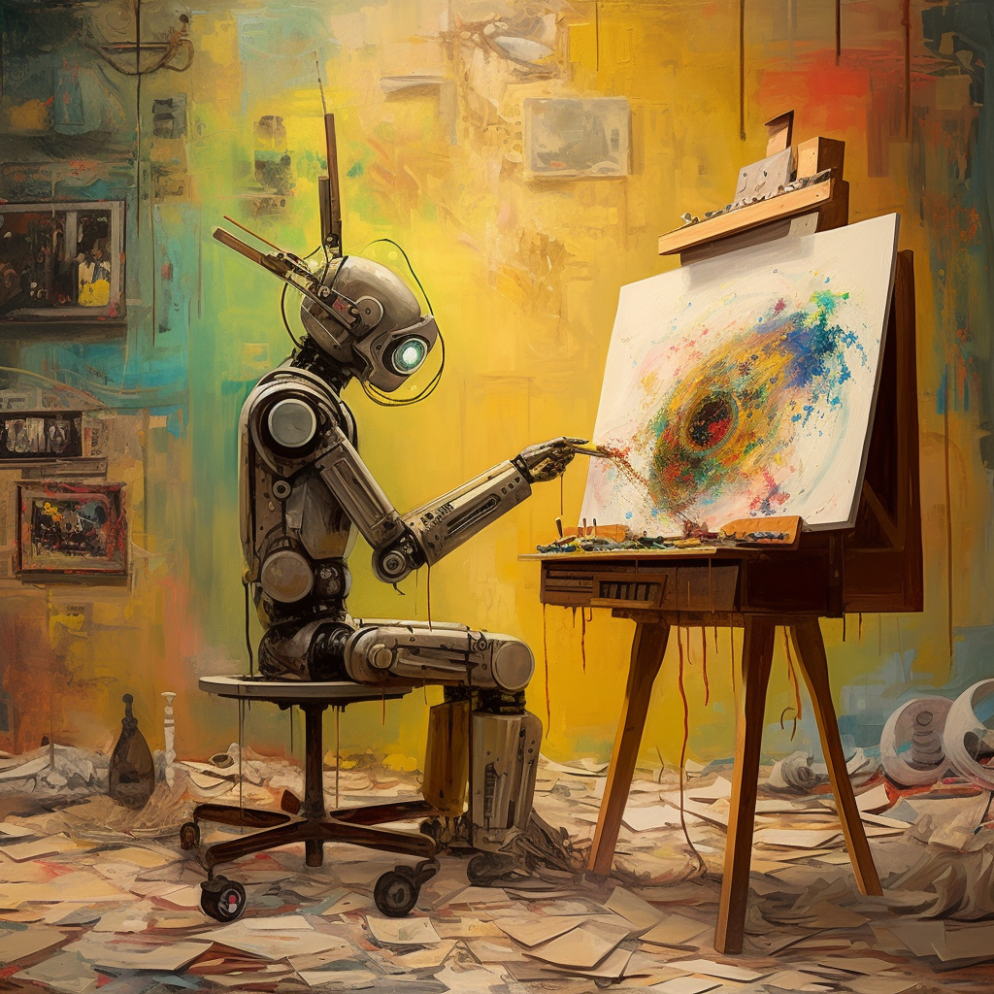
What is AI Art: A Brief Introduction
Artistic expression has evolved throughout human history, taking various forms and pushing the boundaries of creativity. With the advent of artificial intelligence (AI), a new realm of possibilities has emerged in the world of art. AI art combines the computational power of AI algorithms with the nuance and creativity of human artists, resulting in a fascinating collaboration that challenges traditional notions of art.
The Evolution of Artistic Expression
Art has always been a reflection of the society and culture in which it is created. From cave paintings to Renaissance masterpieces, artistic expression has continuously evolved, adapting to the changing times. With the rise of AI, a new chapter in the history of art is being written. AI art not only embraces technological advancements but also incorporates the unique capabilities of AI algorithms to create art that provokes thought, evokes emotions, and pushes creative boundaries.
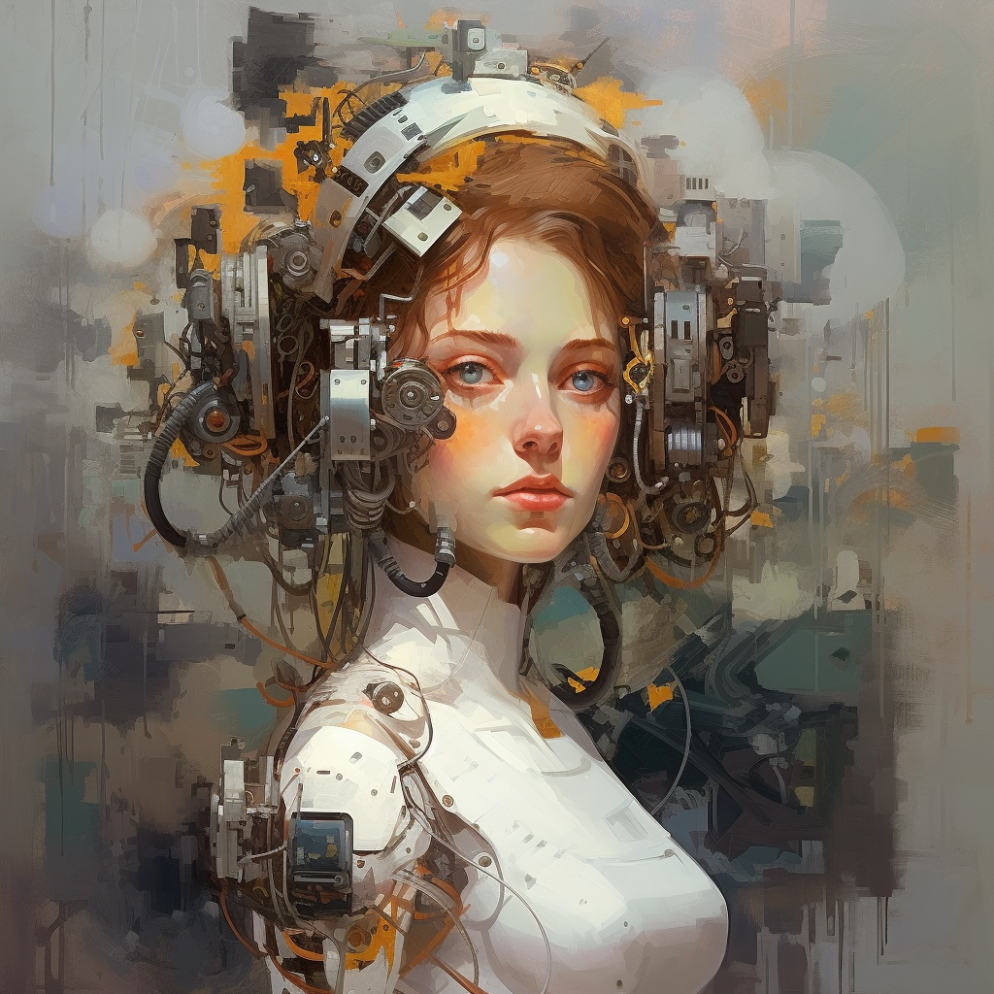
This image is property of miro.medium.com.
Defining AI Art
AI art is a broad term that encompasses various creative processes and artworks that are either generated or influenced by artificial intelligence. It is not limited to a specific medium or technique but rather explores diverse artistic possibilities across multiple disciplines, including visual arts, music, literature, and performance arts. AI art can be created solely by AI algorithms or in collaboration with human artists, blurring the lines between man and machine in the creative process.
How AI Enhances the Artistic Process
Generating New Artistic Possibilities
AI algorithms possess the ability to analyze vast amounts of data and extract patterns and insights that might go unnoticed by human artists. This capacity opens up new artistic possibilities, enabling the creation of unique and innovative artworks. AI algorithms can generate novel visual compositions, experiment with unconventional techniques, and explore uncharted aesthetic territories, providing artists with fresh avenues for creative expression.
Boosting Creativity and Inspiration
Artists often face creative blocks, struggling to find inspiration or explore new paths. AI can aid in overcoming these challenges by offering a wellspring of ideas and inspirations. By analyzing existing artworks, AI algorithms can suggest new variations or combinations, acting as a catalyst for the artist’s imagination. This collaboration between AI and human creativity can lead to extraordinary artistic breakthroughs and the development of truly original works.
Exploring Uncharted Aesthetic Territories
AI algorithms can push the boundaries of aesthetic exploration by challenging conventional artistic norms and experimenting with unconventional ideas. By analyzing and learning from existing artistic styles, AI can generate unique variations that blend different influences or introduce entirely new visual languages. This exploration of uncharted aesthetic territories not only expands the artistic landscape but also encourages artists to venture beyond their comfort zones and embrace innovation.

This image is property of i.ytimg.com.
AI as an Artistic Tool
Using AI in Traditional Art Forms
AI can be seamlessly integrated into traditional art forms, such as painting, sculpture, and photography, to enhance the creative process. In painting, AI algorithms can assist artists in generating initial sketches or color schemes, providing a starting point for further artistic refinement. Sculptors can utilize AI algorithms to explore alternative shapes or experiment with different materials, pushing the boundaries of their craft. Photographers can employ AI algorithms to enhance image processing or generate new visual effects, adding an extra layer of creativity to their photographic works.
Collaboration between AI and Human Artists
The collaboration between AI and human artists is a fascinating development in the art world. By leveraging the computational power of AI algorithms and the unique perspectives of human artists, this partnership creates artworks that marry artistic intuition with machine-driven precision. Human artists provide the creative vision and emotional depth, while AI algorithms contribute technical expertise and novel insights. This collaboration opens up a new realm of artistic possibilities, where AI and human creativity intertwine to produce groundbreaking works.
AI in Visual Arts: Painting, Sculpture, and Photography
In the visual arts, AI has made significant contributions to various disciplines. In painting, AI algorithms can analyze vast datasets of existing artworks to create original compositions or mimic the styles of famous artists. This not only expands the range of artistic possibilities but also enables artists to pay homage to art history while adding their unique interpretations. In sculpture, AI algorithms can assist artists in generating intricate designs or optimizing complex structural elements, leading to more refined and impactful sculptures. Similarly, AI in photography can enhance image processing techniques, automate certain tasks, and even generate entirely new visual effects, enabling photographers to push the boundaries of their craft.
AI and Music: A Harmonious Partnership
Composing Music with AI Algorithms
AI algorithms have the ability to analyze existing musical compositions, identify patterns, and generate new pieces that capture the essence of different musical genres or styles. By leveraging machine learning techniques, AI can compose melodies, harmonies, and rhythms that are both technically precise and emotionally evocative. This opens up a world of possibilities for musicians, allowing them to explore new musical landscapes and push the boundaries of their creativity.
Exploring New Musical Genres and Techniques
AI-generated music transcends the limitations of traditional music genres, enabling musicians to experiment with novel styles and techniques. AI algorithms can blend elements from different genres, creating fusion genres that defy categorization. This exploration of new musical territories not only expands the diversity of musical expression but also challenges preconceived notions of what music should sound like. This fusion of AI and human creativity allows musicians to create unique sonic experiences that captivate audiences and push the boundaries of musical innovation.
AI-generated Music in Film Soundtracks
AI-generated music has found its way into film soundtracks, enhancing the cinematic experience and offering filmmakers new tools for storytelling. By analyzing the emotional tone and narrative structure of a film, AI algorithms can generate music that complements the visuals and evokes specific moods. This collaboration between AI and filmmaking opens up exciting possibilities for filmmakers to create immersive and emotionally resonant movies that leave a lasting impact on the audience.
AI and Literature: The Written Word Reimagined
Automated Writing and Storytelling
AI algorithms have advanced to the point where they can generate written content, including stories, articles, and even entire novels. By analyzing vast amounts of text data, AI can learn patterns of language, narrative structures, and character development, enabling it to create compelling written works. While AI-generated literature is still evolving, it has the potential to revolutionize the publishing industry and challenge traditional notions of authorship.
Enhancing Language and Grammar in Writing
AI algorithms can also assist human writers by offering suggestions for improving language and grammar in their writing. By analyzing the context and structure of a piece of writing, AI algorithms can identify areas for improvement, such as word choice, sentence structure, or clarity of expression. This AI-powered assistance enables writers to refine their work and elevate the overall quality of their writing.
AI in Poetry and Prose
AI’s ability to analyze and generate text has led to intriguing developments in poetry and prose. AI algorithms can analyze existing poems and prose works to identify patterns, themes, and literary devices. This knowledge can then be utilized to generate new poetry or prose that showcases a unique blend of human creativity and machine-driven precision. This collaboration between AI and literary artists opens up new avenues for experimentation and pushes the boundaries of language and expression.
AI in Performance Arts: Dance, Theater, and Film
AI’s Role in Choreography and Dance
AI algorithms have the potential to enhance choreography and dance performances by analyzing movements, gestures, and musical rhythms. By identifying patterns in human movements, AI can generate innovative choreography that pushes the boundaries of dance. AI algorithms can also augment dancers’ performances by visualizing subtle movements or providing real-time feedback, enabling dancers to refine their techniques and express themselves more effectively.
AI-assisted Playwriting and Scriptwriting
AI’s involvement in scriptwriting and playwriting offers exciting possibilities for the theater world. AI algorithms can analyze existing scripts, identify narrative structures, and suggest new ideas or plot twists. This collaboration between AI and playwrights can lead to the creation of thought-provoking, unconventional plays that captivate audiences and challenge traditional storytelling norms.
Visual Effects and Animation Enhanced by AI
AI algorithms have made significant contributions to the field of visual effects and animation in film and theater. By analyzing existing visual effects techniques and datasets, AI can generate realistic and innovative visual effects that enhance the storytelling experience. AI algorithms can also assist animators in creating lifelike characters and fluid animations, reducing the time and effort required in the production process. This integration of AI and performance arts opens up new possibilities for visual storytelling and pushes the boundaries of audience engagement.
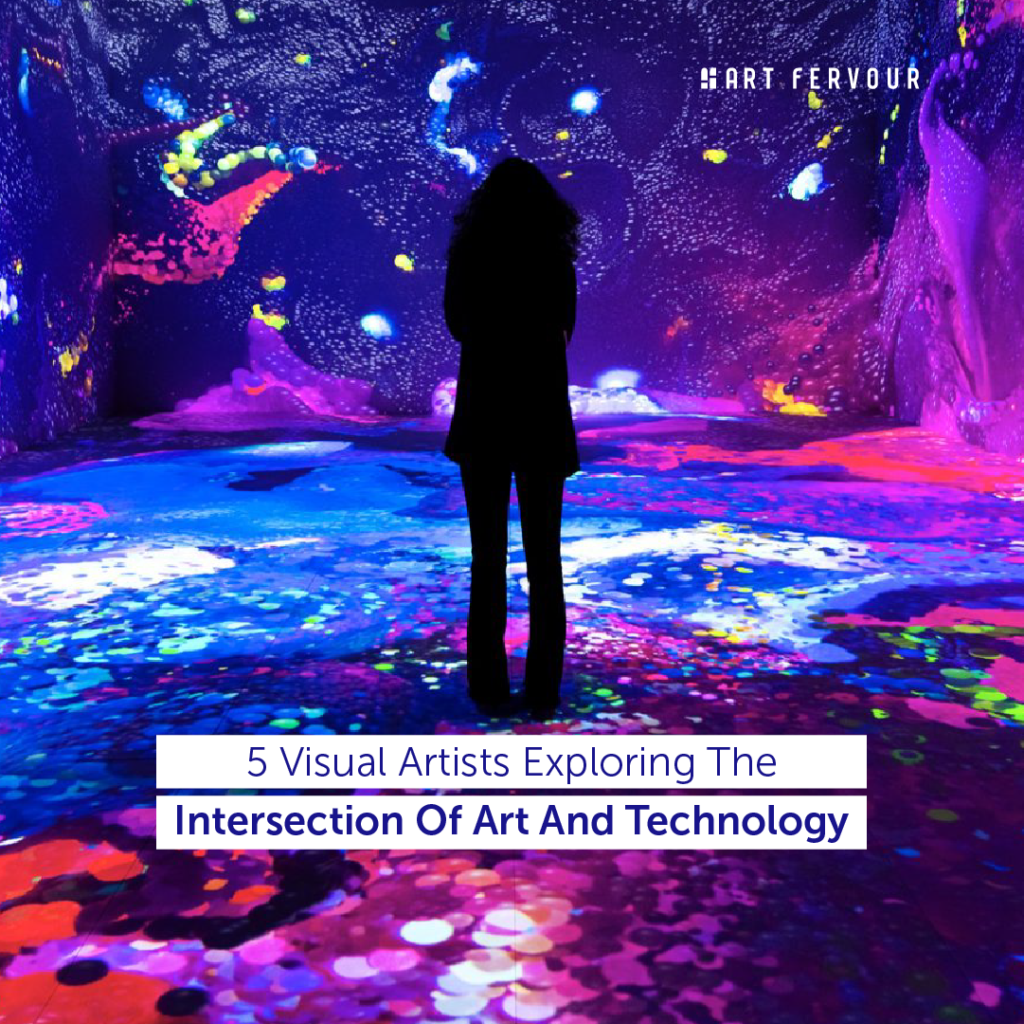
This image is property of artfervour.com.
AI as an Art Critic and Curator
Analyzing and Evaluating Artistic Quality
AI algorithms have the potential to analyze and evaluate the artistic quality of artworks. By learning from vast amounts of art historical data, AI can identify aesthetic principles, techniques, and subjective qualities that contribute to artistic excellence. This knowledge can assist art critics and curators in assessing and appreciating both traditional and AI-generated artworks.
Personalized Art Recommendations with AI
AI algorithms can analyze individual preferences, artistic tastes, and historical data to provide personalized art recommendations. By understanding an individual’s unique preferences, AI can suggest artworks, artists, or art movements that align with their interests. This personalization enriches the art viewing experience and encourages exploration of diverse artistic genres and styles.
AI in Art Curation and Exhibition Design
AI’s analytical capabilities can aid in art curation and exhibition design. By analyzing various factors such as artistic styles, historical context, or thematic coherence, AI algorithms can assist curators in creating compelling and cohesive exhibitions. This integration of AI in curatorial practices encourages innovative approaches to art display and expands the possibilities for engaging art experiences.
Ethical Considerations in AI Art
Ownership and Attribution in AI-generated Art
The question of ownership and attribution becomes complex when AI algorithms generate artworks. As AI algorithms can imitate various artistic styles, determining the primary contributor to the artwork becomes challenging. Ethical frameworks need to be established to address these issues and ensure fair recognition and compensation for human artists collaborating with AI.
Balancing AI and Human Ingenuity
While AI algorithms can enhance the artistic process, it is crucial to maintain a balance between machine-driven precision and human ingenuity. Artists must retain creative agency and maintain their unique artistic voice when collaborating with AI. This delicate balance ensures that AI remains a tool to augment human creativity rather than replace it.
Addressing Bias and Discrimination in AI-generated Content
AI algorithms are trained on vast datasets that may contain inherent biases and discrimination. When AI is used in art generation, there is a risk that these biases may be perpetuated in the artwork. It is essential to address this issued and ensure that AI-generated content is free from bias and promotes inclusivity and diversity.
Impacts of AI Art on Society
Challenging Traditional Notions of Art
AI art challenges traditional notions of art by pushing the boundaries of creativity, blurring the lines between human and machine, and questioning the role of the artist. It prompts discussions about the definition of art, the creative process, and the relationship between creator and creation.
Expanding Accessibility in the Art World
AI art has the potential to democratize access to art by making it more accessible to a broader audience. Through AI-generated content and personalized recommendations, individuals can engage with art in diverse ways, regardless of their location or background. This increased accessibility opens up new avenues for art appreciation and participation.
Reimagining the Role of Artists
The emergence of AI art forces artists to redefine their role and explore new possibilities. Rather than perceiving AI as a threat, artists can embrace it as a transformative tool that expands their creative capabilities. This reimagining of the artist’s role encourages artists to explore new avenues and challenges them to adapt to the evolving landscape of art.
Conclusion of what is ai art
The intersection of AI and art is a fascinating realm of creativity and innovation and gives you a better understanding of what is ai art. AI art expands the horizons of artistic expression by generating new possibilities, collaborating with human artists, and challenging traditional notions. With promising possibilities on the horizon, the ever-evolving relationship between AI and art holds the potential to shape the future of creativity, unlocking a new era of artistic exploration and collaboration.

